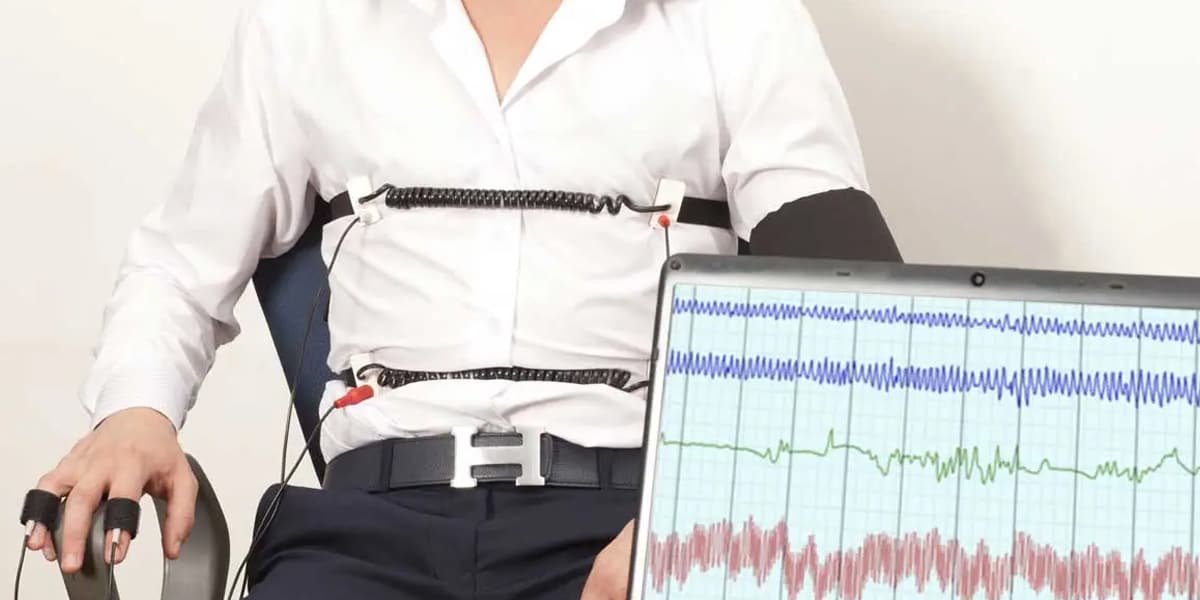How does the polygraph work?
You have probably seen on more than one occasion in movies the famous lie detectors or polygraphsand you've wondered how the polygraph works. It is an instrument with which you can check whether a person is telling the truth or not. Nowadays, these devices are widely used in companies as part of personnel selection.
In this short article, we will tell you how this device actually works and how it is used.
What is a polygraph and how does it work?
The first thing to know is that the polygraph is not a police instrument, but a medical one. Although many people believe it tells you whether a person is lying or not, it does not work that way. The polygraph is responsible for recording a person's physiological activity.. And this information is generated from the individual's own nervous system.
Knowing this, it is a device that contains an arm with a needle at the tip (in the older models, nowadays digital). With this, the polygraph draws lines on paper according to the physiological responses the person is having during the interview.
Obviously, with the result of these physiological responsesIf a person is lying or telling the truth, an expert can tell whether he or she is lying or telling the truth. The human body has responses such as fear, doubt, embarrassment, etc.. Even if you hide this from others, the truth is that your body and your physiological responses do not lie.
However, manipulating and reading the results of these devices requires experience and study. Therefore, not just anyone is capable of reading and using a polygraph.
Request an Appointment
The truth will set you free
A little history of the polygraph
This instrument was born in 1921 and was created by John Larson, and it was responsible for recording changes in blood pressure. It was from this moment that this instrument began to be used to detecting lies. Subsequently, this was improved by Leonard Keeler in the 1930s who perfected it by creating a much more effective and accurate device. It not only measures blood pressure, but also the blood pressure in the bloodstream. pulse rate and respiration.
Years later Keeler developed the graphic paper to implement a new printing mechanism. This made the results of the polygraph long-lasting.
As the years went by, more companies became interested in these devices and started to sell them commercially. Including, in 1945 John Reid developed a system for recording muscle activity.. This was achieved thanks to a special chair that measured the individual's movements.
For the decade of 1992, Stoelting launches a improved versionwhich was the first digital polygraph. Instead of printing on paper, the results were displayed on a computer screen. From this point on, polygraphs became more compact and accurate. However, it is still possible to find some traditional needle polygraphs. Including, the first John Larson's polygraph can be found at the Smithsonian Institution in the United States.









